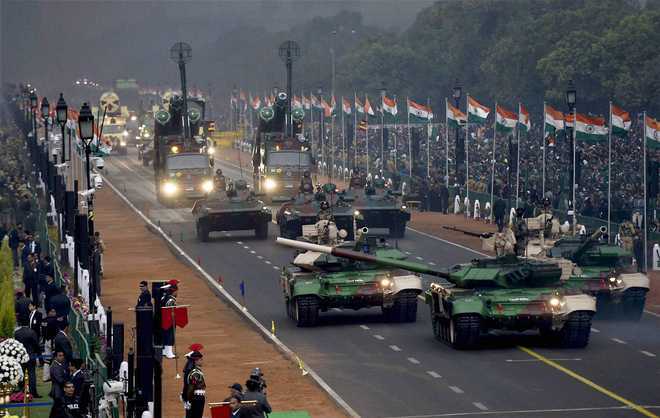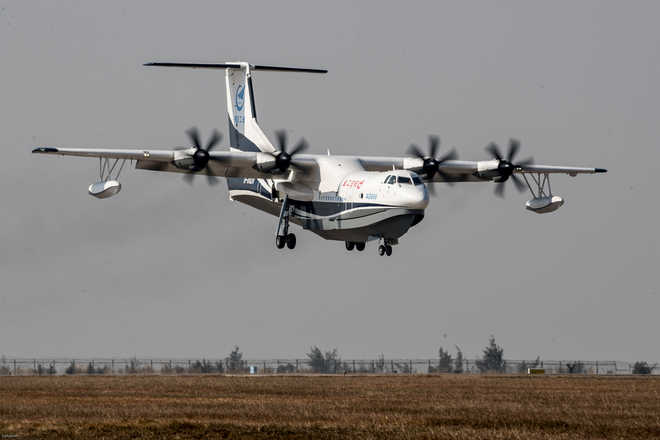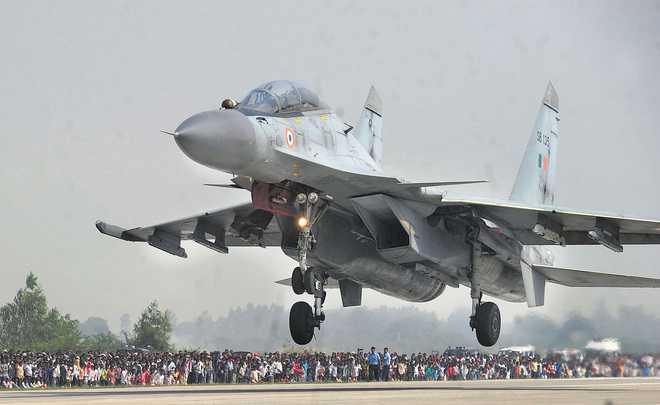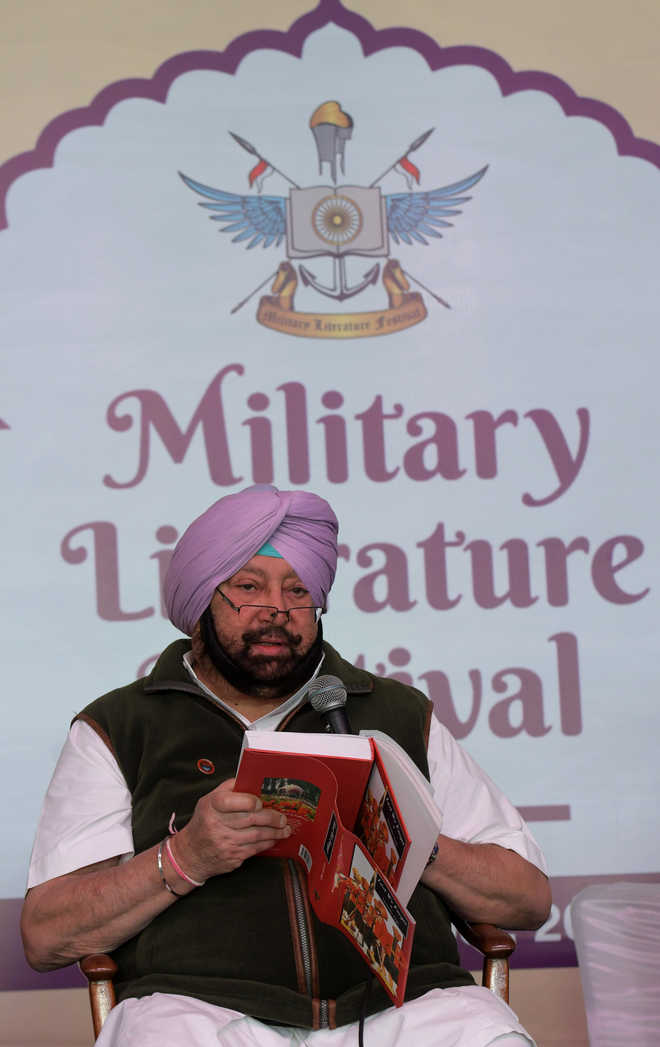Veterans say there is little historical analysis of 1999 conflict, its impact
CHANDIGARH: Lt Gen SH Kulkarni (retd) spoke for many when he asked whether the establishment has learnt any lessons from the Kargil War of 1999. Why did Kargil happen? Have we acted upon the lessons it served us or are we setting the stage for another Kargil?

These questions also resonated with the audience at the session on Kargil War 1999 during the Military Literature Festival 2017, here on Friday. So did the blow-by-blow account that Col Balwan Singh, Maha Vir Chakra winner, provided of the battle for Tiger Hill.
A young lieutenant with 18 Grenadiers at that time, he was leading the ghatak platoon that was tasked with capturing Tiger Hill on July 3. Though just three months into service, he led his team to the hilltop, taking a very steep, unexplored route, took the enemy by surprise and stormed their bunkers, killing four Pakistanis despite being wounded. “That was a very decisive battle, after which the enemy started fleeing,” recounted Singh.
Interestingly, Subedar Yogendra Singh Yadav, Param Vir Chakra, who was part of Col Balwan’s platoon, was also present.
A QUESTION OF INTELLIGENCE
While Col Balwan brought the war to life, other panelists debated the inter-force coordination and the quality of intelligence inputs that played a big role in Kargil. Author of a book on Operation Vijay, Lt Gen Mohinder Puri (retd), who was commanding 8 Mountain Division, which was moved from the Valley to Kargil, described how they managed to surprise the intruders and secure a victory.
Surprise was a big element in the operations. Air Marshal Vinod Patney, who moderated the session, described how they too were taken aback when they were asked to rehash their plans at the last minute. “It was on May 25 that I got a call from the chief that we were on deployment the next day. Then he dropped a bombshell. He said don’t cross the Line of Control, not a single bomb should fall across it. This was totally different from the plans we had prepared.”
The operation was a surprise for the aircraft as well. “None of our aircraft was designed for combat operations in such mountainous terrain. In fact, no combat aircraft has been designed to operate there,” he said, adding that the IAF was in perfect sync with the army and not a single army soldier or installation was affected by the air shelling.
When asked about the tri-services doctrine, the Air Marshal declared, “Integrated command is a bad word.”
Commenting on the “surprise” element, Brig Davinder Singh (retd) said there were indications of intrusion and increased firing in the Kargil sector, but these were not interpreted rightly. “All our intelligence gathering resources are with the RAW, not with the army. What can we do if they choose to keep half the information to themselves.”
Be it intelligence or lack of it, the time taken by the Indian establishment to react, or the last minute change in operations, 18 years on, Kargil continues to confound.













 AP FILE
AP FILE



 ANIL DAYAL/HT PHOTOS
ANIL DAYAL/HT PHOTOS

 DS Sandhu and Jaikanta Sandhu, parents of late Rajeev Sandhu, second lieutenant of the Assam regiment, whose statue was unveiled at his alma mater, St John’s High School, in Sector 26, Chandigarh, on Wednesday.
DS Sandhu and Jaikanta Sandhu, parents of late Rajeev Sandhu, second lieutenant of the Assam regiment, whose statue was unveiled at his alma mater, St John’s High School, in Sector 26, Chandigarh, on Wednesday. HT PHOTO
HT PHOTO


























































